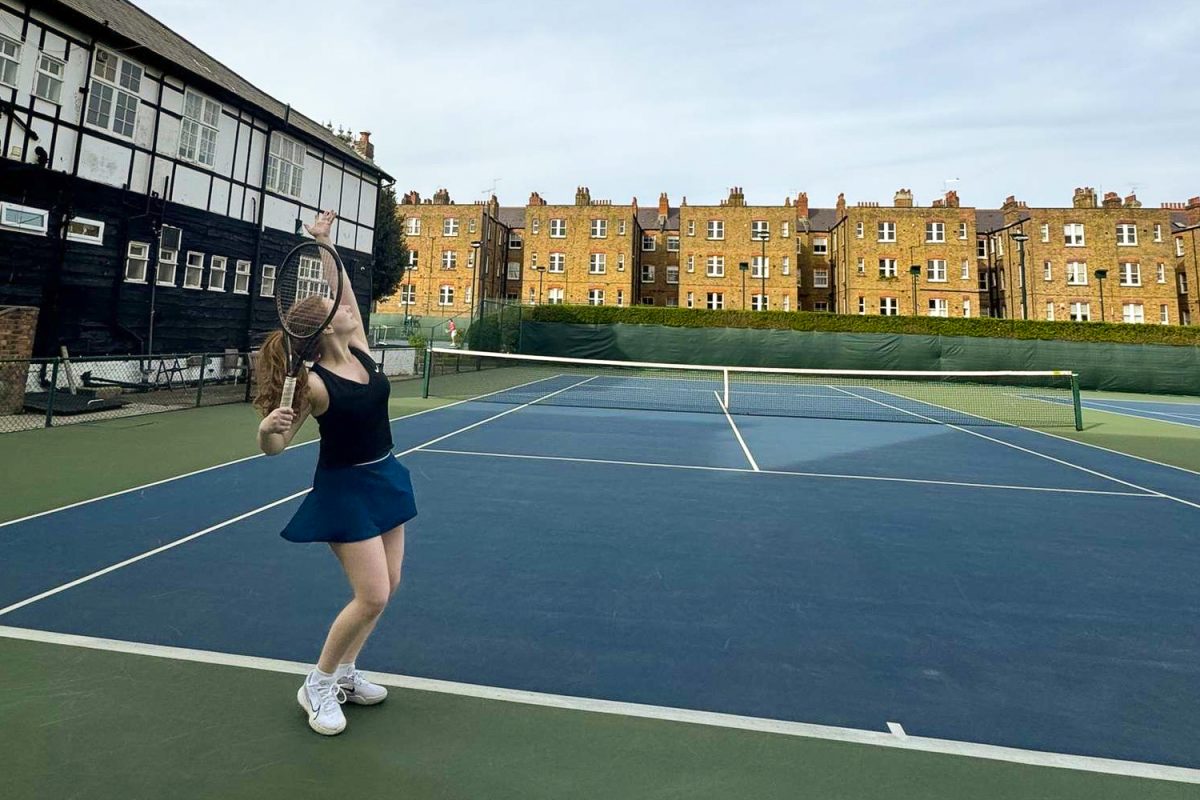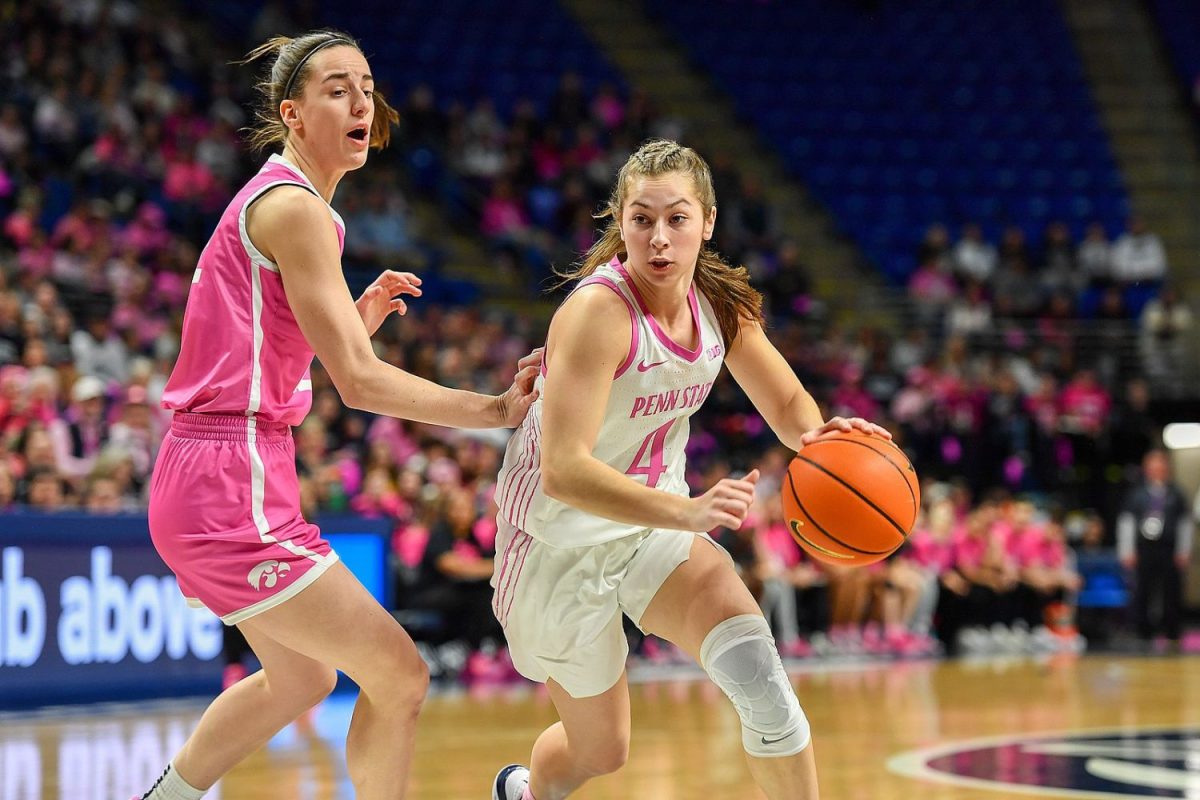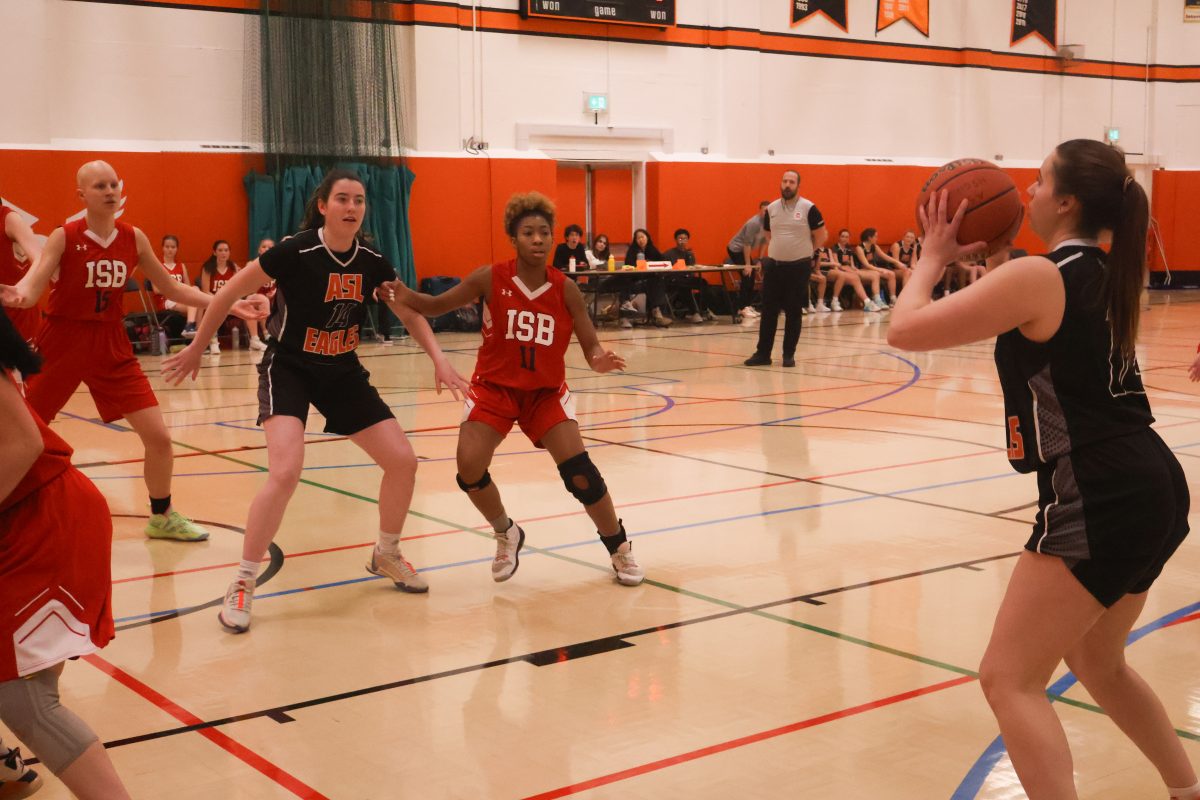For student-athletes in the high school, stress can stem from being spread too thin, which forces students to prioritize. With the help of teachers and coaches, some students are finding methods to manage their time between sports and academics. “They are student-athletes … when push comes to shove they are students first,” Social Studies Teacher and Varsity Boys Baseball Coach Terry Gladis said.
Mia Holtze (’18) is one of the many three season athletes in the High School, playing soccer, basketball, and softball. She has to manage her schoolwork and athletic schedule throughout the entire year. In order to strike a balance, Holtze plans ahead so she does not stress herself out. By doing her homework the day it’s assigned she has the ability to see her teachers the next day, especially on game days.
The only freshman on varsity girls soccer, Holtze has learned and adapted quickly to the bigger time commitment that comes with high school sports compared to middle school, and finds methods to manage her time and work.
Holtze knows she does not have as much work compared to students in higher grades, and she plans to adjust her system on a year-to-year basis so she will still able to achieve in both athletics and academics. “It’s difficult if you make it difficult, but it can be manageable if you make it manageable,” Holtze said.
In addition to Holtze, Jackie Dishner (’17), Leif Merlino (’16) and Beck Nunnink (’16) have found methods to manage their school work, which allows them to participate in sports. Dishner, who is a member of the varsity field hockey team, balances her school work and by doing her homework when she gets home from school and making sure it is completed the night it is assigned, similar to Holtze’s methods. Despite the need to manage her school work, Dishner enjoys participating in field hockey because “it is fun and gets me away from thinking about school,” she .
Passionate about soccer, Nunnink sacrifices his free time for athletics and academics. While managing his time is not a struggle, he does get home from Canons Park at 7 p.m. and goes straight to work.
Similar to Nunnink, Merlino is faced with a struggle for free time throughout the basketball season. Physically, Merlino feels he gets less sleep and is generally tired, therefore leading to less free time. Despite the lack of free time however, Merlino and Nunnink both believe participating in athletics is worth it in the long run and it is rewarding to be a part of their respective teams and programs.
Gladis firmly believes athletics encourages students to learn to manage and organize their time better, and if possible, athletics should be included in adolescent life. “Athletics forces students to be more disciplined and budget their time more wisely because of all the different ways you’re being pulled.”
Whether due to athletics or other extra-curriculars, “[students] come and see me in a timely manner and talk to me about managing their work, I’d obviously be willing to give the student the benefit of the doubt,” Gladis .
He emphasized that sport schedules are available well in advance and students are aware of the location of their games. “[Students] need to be mindful of managing work and communicating with their teacher,” Gladis said.
JV Girls Soccer Coach Uliano Muzzioli also recognizes the impact of life outside of soccer on training sessions.
However it is his challenge as a coach to understand it and design the practice to the mood of the players. If he notices one of his players is stressed, Muzzioli tries to design the sessions to be more relaxed, that allows his players to solely focus on the training session and ignore other external issues. Pressure from parents and teachers make it difficult for student-athletes to find a balance, however Muzzioli believes ASL has created a “fantastic framework” allowing students to participate in sports and a plethora of other activities. As a coach, Muzzioli helps his players by understanding their stress levels and being flexible to help them balance their schedules.
“I believe reducing the stress related to missing a session, is the best thing I can do as a coach,” Muzzioli said.
Muzzioli’s understanding is an example of character-based coaching, a theory Interim Athletics Director John Farmer strongly believes in. Character-based coaching means using core values at the forefront of all situations, directly applying them at each practice, game and team event. This encourages students embracing leaderships positions and character based coaching intentionally encourages this at all times. “I am really trying to push for characterbased coaching on how to best support athletes from a character standpoint,” Farmer said.
Farmer wants to set the tone for sports and emphasize they are not purely about winning and losing. “We do want to win, but we want athletes to have enriched experiences,” Farmer said. “The more time that students spend together and are practicing – the time you invest is going to pay out in terms of success.”
One component of being a student-athlete includes coordinating between time management and stress, but another component can be treatment from teacher and coaches and possible favoritism.
“I would go out of my way for any student if they advocated for themselves that they are struggling,” Gladis said. “I value student-teacher relationships and coach-player relationships. I think these are among the most important relationships at this school,” he said.
Gladis believes his treatment of the students he teaches and coaches isn’t surprising. He thinks they are aware of how they are treated differently and are “very keyed in” as a result of this.
Nick Muoio (’16), a student and baseball player of Gladis’ notices the difference in teaching. “If anything, they expect more of you because they know you’re in a sport and obviously think highly of you. Because they are a coach they want your best on the field and in the classroom,” he said.
Changes in treatment are not exclusive to teachers. While teachers may be harder on students, students may also change how they act in class. “I give more effort and want to impress them more. I respect my coaches and I want to show them that I’m not just an athlete, but also a student,” Muoio said.
Referring to Gladis specifically, he said: “He has high expectation of me and that makes me work harder because I don’t want him to just think of me as the kid who just plays basketball, but also as a student.”
Muoio believes teacher and coach treatment relationships are a noticeable element of being a student athlete, but they are much less difficult and demanding than managing time and stress.
Regardless of assistance from teachers, coaches and the Athletics Department, Farmer believes the student athletes must take responsibility. “It’s not easy [being a student-athlete] and that’s why we hired people at this school to help students manage stress and be organized,” he said.






